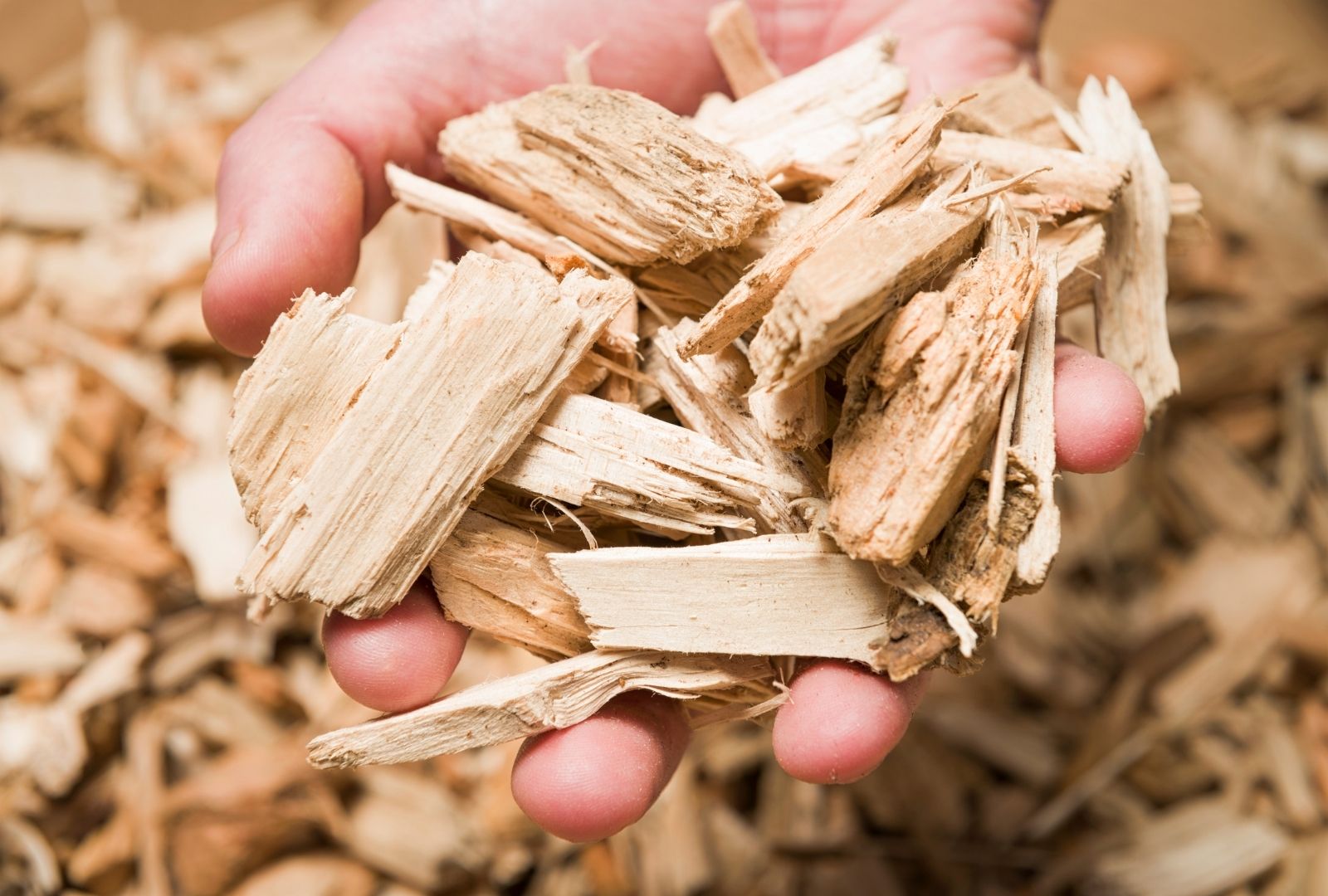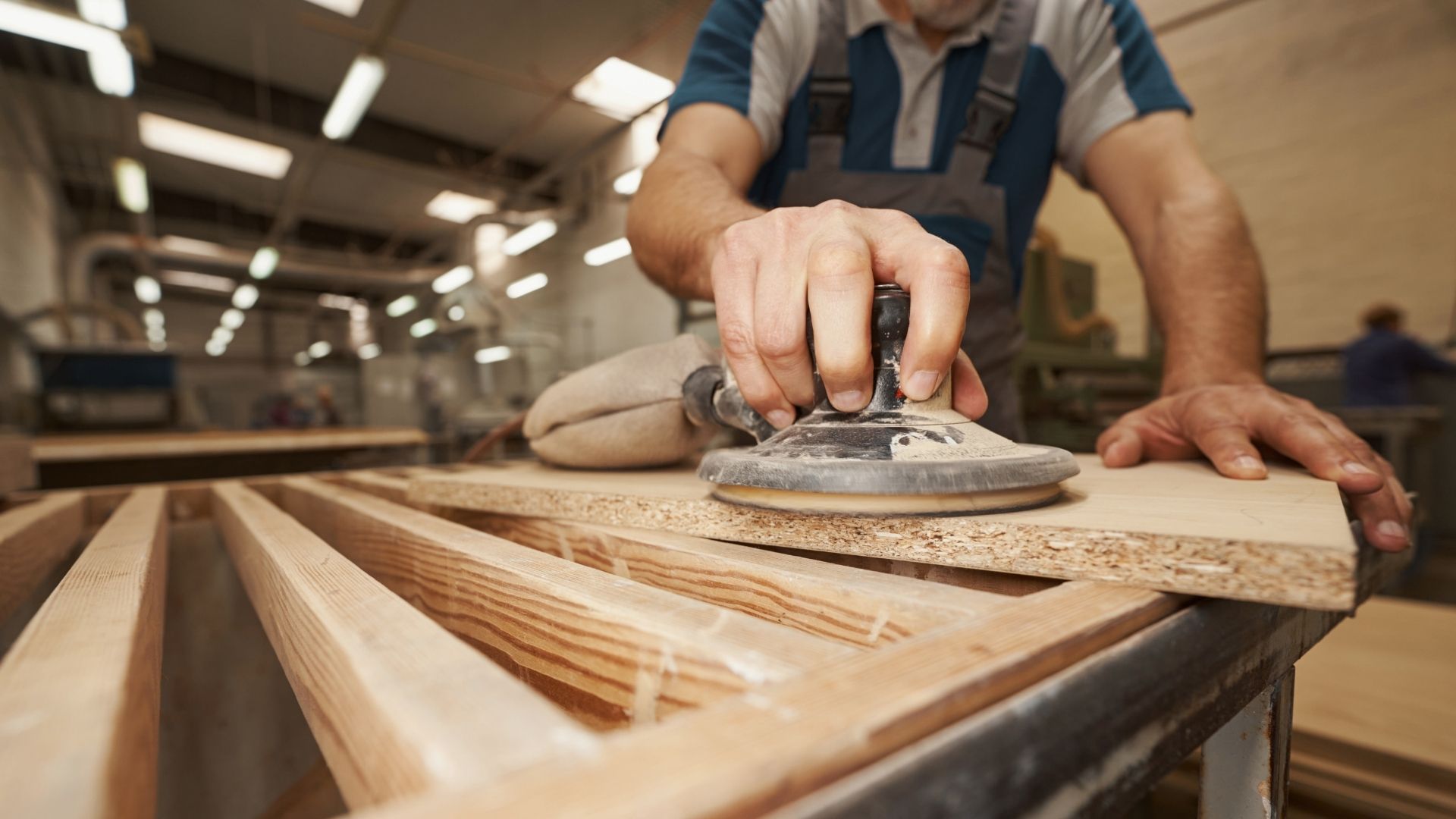Eco-Friendly MDF Options: Sustainable Choices for Modern Design

Understanding Medium-Density Fibreboard and Its Benefits
MDF, or medium-density fibreboard, has become a staple in the construction and design industries. Its adaptability, strength, and cost-effectiveness make it a popular choice for both residential and commercial projects. Made from wood fibres combined with wax and resin binders, MDF panels are engineered to provide a smooth, uniform surface ideal for cabinetry, interior design features, and decorative surfaces. As a medium-density fiberboard, MDF is often used in fibreboard and other engineered products, making it a reliable solution for functional and aesthetic applications.
MDF is frequently compared to solid wood, but it offers a sustainable solution by using wood waste and recycled wood, helping to reduce environmental footprint. By incorporating eco-conscious materials, it not only lowers the demand for virgin timber but also addresses ecological concerns, making it a practical choice for environmentally aware builders and designers. Additionally, MDF’s smooth surface is ideal for painting or laminating, offering both functionality and creative flexibility.
How MDF is Made
To make MDF, manufacturers break down hardwood and softwood into fine wood fibres, which are then combined with wax and resin to create medium-density panels. These panels are pressed under heat to form a strong and long-lasting building material. The medium-density of MDF allows it to be easy to cut, shape, and finish, making it suitable for a variety of construction needs.
With the use of recycled materials, MDF products can be made from recycled wood, aligning with environmentally responsible practices. Some types of MDF are also formaldehyde-free, reducing VOC emissions and improving indoor air quality. The wood used in MDF can come from responsibly managed forests, further supporting a long-term sustainable approach and responsible sourcing.
Eco-Friendly MDF Options
Selecting eco-conscious MDF options is essential for anyone aiming to lower their carbon footprint and minimise environmental impact. This MDF comes from FSC-certified forests and is made from recycled natural wood, ensuring it is responsibly sourced and supports a sustainable approach to building. Incorporating renewable energy sources in the production process further strengthens the positive environmental outcomes of these materials.
Modern MDF panels can be engineered wood that offers strength, flexibility, and environmentally responsible benefits. From MDF furniture to wall solutions, decorative surfaces, and cabinetry, this material is ideal for projects seeking eco-conscious building materials. Its adaptability makes it suitable for both home and commercial design while addressing ecological concerns in building practices.
Environmental Benefits of MDF
The environmental benefits of selecting sustainable MDF are significant. MDF frequently has a smaller carbon footprint compared to traditional panels or virgin wood. By using wood waste and reclaimed materials, manufacturers reduce greenhouse gas emissions and reduce the demand for virgin timber, supporting green building initiatives.
Additionally, sustainable MDF is recyclable at the end of its lifecycle, further promoting eco-conscious construction. Choosing formaldehyde-free MDF ensures VOC emissions are minimal, contributing to healthier indoor environments. Using sustainable panels also addresses environmental concerns, protecting ecosystems while maintaining high-quality finishes.
Applications of Eco-Friendly MDF
MDF comes in various types that meet diverse construction and design requirements. Common uses include cabinetry, fibreboard applications, wall surfaces, and decorative elements. Its smooth finish is ideal for painting, laminating, or veneering, allowing designers and builders to achieve polished results without harming the environment.
In residential and commercial projects, MDF panels provide a versatile and reliable solution for interior enhancements. MDF is commonly used in fibreboard, engineered wood, and other medium-density panels, offering a practical option for projects emphasising sustainability, quality, and creative flexibility. By selecting eco-conscious MDF, designers can incorporate responsibly sourced wood products while reducing reliance on virgin timber.
Choosing the Right Sustainable MDF
When selecting MDF panels, it is essential to ensure that the wood used in MDF meets FSC standards and that the panels are formaldehyde-free if indoor air quality is a priority. Sustainable MDF should align with green building principles and environmentally responsible practices.
Worldwide Timber Traders is committed to providing sustainable products that support a long-term sustainable approach to construction and design. By offering MDF options that are made from recycled wood or sourced from responsibly managed forests, we aim to reduce our environmental footprint while maintaining strong and lasting materials. These medium-density fiberboard solutions reflect a commitment to sustainability while accommodating the needs of modern design projects.

Benefits of Using Eco-Friendly MDF
The advantages of using eco-conscious MDF extend beyond environmental considerations. MDF provides:
- Flexibility in design projects, from cabinetry to wall finishes.
- Durable and long-lasting medium-density fibreboard suitable for high-traffic areas.
- Reduced environmental footprint, contributing to lower carbon impact.
- Formaldehyde-free options that promote better indoor air quality.
- Ease of cutting and shaping, making it adaptable for both home and commercial applications.
By selecting responsibly sourced MDF, designers and builders can enjoy high-quality finishes while actively supporting sustainable practices. MDF is often used instead of solid wood because it is versatile and provides a wide range of applications while being better for the environment.
Sustainable MDF for a Sustainable Future
Investing in eco-conscious MDF options is more than a design choice—it reflects a dedication to a sustainable future. From FSC-certified timber to panels made from recycled wood, these fibreboard solutions reduce ecological footprint, lower VOC emissions, and provide a strong, adaptable building material suitable for a variety of projects.
With Worldwide Timber Traders, you can be confident that your MDF panels are responsibly sourced and align with green building principles. Choosing an eco-friendly option supports durability and performance while demonstrating a commitment to sustainability in modern construction and design. For those seeking to reduce their carbon footprint, eco-conscious MDF is a reliable choice offering environmental benefits, versatility, and responsible sourcing.
Related articles

Blog title heading will go here

Blog title heading will go here


